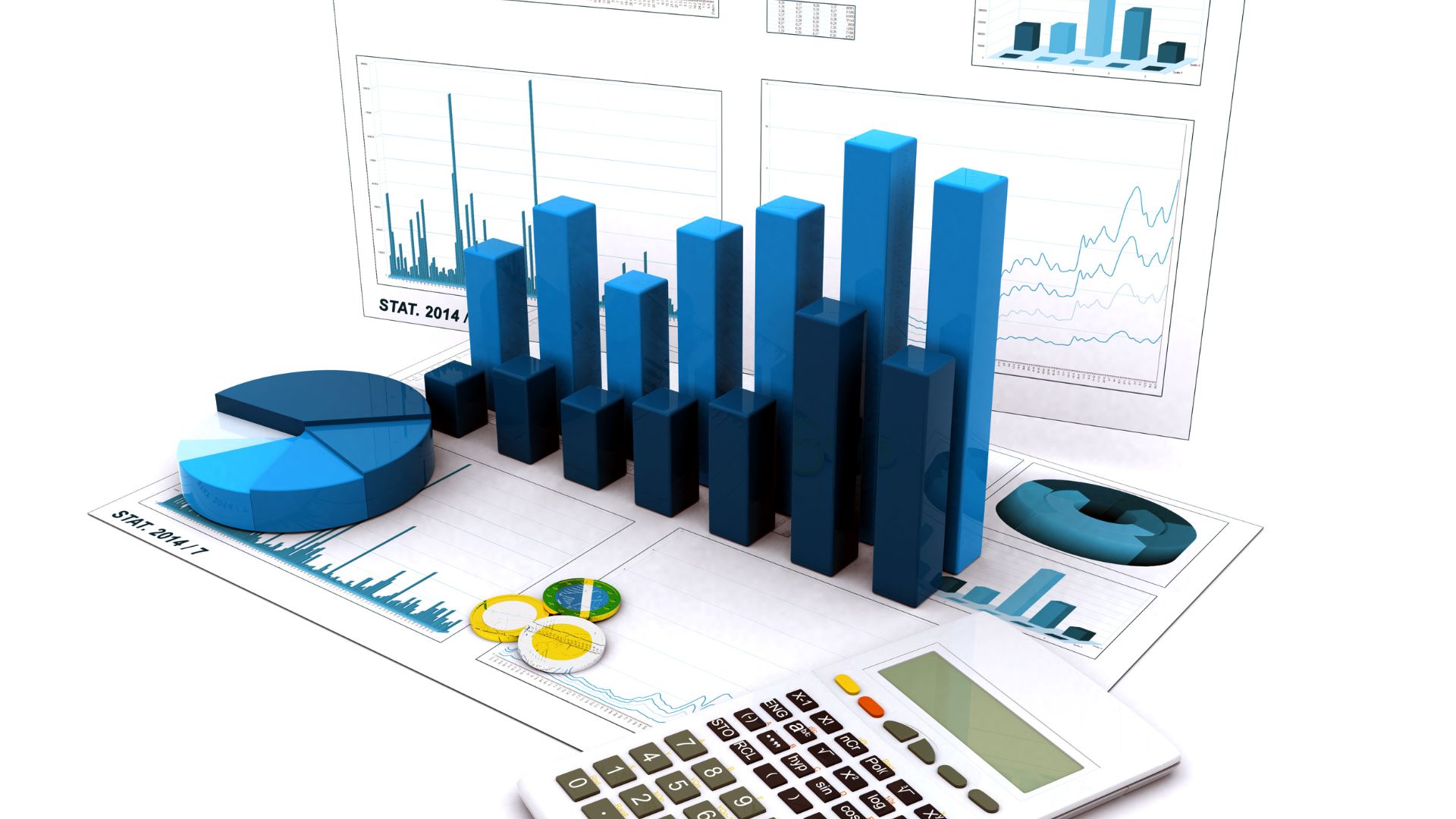The Foreign Exchange Market, also referred to as Forex or FX, is the largest and most liquid financial market in the world because of its widespread use. The foreign exchange market is open twenty-four hours a day, five days a week, and has a daily trading volume that exceeds $7.5 trillion. This allows for the exchange of currencies to take place across a variety of time zones all over the world. On the other hand, what exactly is foreign exchange trading, how does it function, and why is it so widely used? During this in-depth discussion, we will cover everything you need to know about the foreign exchange market, from its history and participants to trading strategies and risks.
Understanding the Forex Market
What Is Forex Trading?
The process of exchanging one currency for another is referred to as foreign exchange trading. Forex trading takes place over-the-counter (OTC), which means that transactions are carried out electronically between participants through a network of banks, brokers, and financial institutions. This is in contrast to stock trading, which takes place on centralized exchanges.
Currency Pairs
Currency pairs, in which one currency is exchanged for another, are a core component of foreign exchange trading. A base currency and a quote currency are the two components that make up each pair. The following are some of the currency pairs that are traded the most frequently:
- Major Pairs: EUR/USD, GBP/USD, USD/JPY, USD/CHF
- Minor Pairs: EUR/GBP, AUD/NZD, GBP/JPY
- Exotic Pairs: USD/ZAR, EUR/TRY, USD/SGD
A number of factors, including supply and demand, economic indicators, and geopolitical events, all contribute to the fluctuation of the exchange rate between these pairs.
Market Participants
Forex trading is a market that is participated in by a wide variety of entities, each of which has its own unique motivations and goals. Participants in the primary market include the following:
- Retail Traders – Individual traders who buy and sell currencies through online platforms.
- Banks and Financial Institutions – Large banks facilitate Forex transactions for clients and conduct speculative trading.
- Corporations – Businesses that engage in international trade require Forex services to convert currencies.
- Central Banks – National banks influence the Forex market through monetary policies and currency interventions.
- Hedge Funds and Investment Firms – Large-scale investors trade Forex to generate profits.
How the Forex Market Works
Forex Trading Sessions
The Forex market operates 24 hours a day across different global trading sessions:
- Sydney Session (10 PM – 7 AM GMT)
- Tokyo Session (12 AM – 9 AM GMT)
- London Session (7 AM – 4 PM GMT)
- New York Session (12 PM – 9 PM GMT)
In instances where sessions overlap, such as the London-New York overlap, which is characterized by the highest trading volumes, trading activity reaches its peak.
Leverage and Margin
The use of leverage, which is provided by forex brokers, enables traders to control larger positions with a smaller initial capital investment. By way of illustration, a leverage ratio of 1:100 indicates that a trader can successfully control $100,000 with a deposit of $1,000. The use of leverage can increase profits, but it also raises the level of risk.
Bid, Ask, and Spread
With a bid (buy) price and an ask (sell) price, foreign exchange prices are being quoted. The spread is the difference between these prices, and it is designed to represent the commission that the broker receives. A more liquid market is indicated by a spread that is more narrow.
Trading Strategies in Forex
1. Scalping
Scalpers make multiple trades within a short time frame, aiming to capture small price movements. This strategy requires quick execution and low spreads.
2. Day Trading
Day traders open and close positions within a single trading day, avoiding overnight exposure to market fluctuations.
3. Swing Trading
Swing traders hold positions for several days or weeks, profiting from medium-term price trends.
4. Position Trading
This long-term strategy involves holding trades for months or even years, based on fundamental analysis.
Fundamental and Technical Analysis
Fundamental Analysis
Evaluation of economic indicators and geopolitical events that have an effect on currency values is carried out as part of fundamental analysis. It is important to consider the following:
- Interest Rates – Central banks’ interest rate decisions influence currency demand.
- Inflation Rates – Higher inflation can devalue a currency.
- Employment Data – Unemployment rates affect economic stability.
- Political Events – Elections, trade agreements, and conflicts influence market sentiment.
Technical Analysis
Technical traders use historical price data and chart patterns to predict future movements. Common tools include:
- Moving Averages – Identifies trends by smoothing price fluctuations.
- Relative Strength Index (RSI) – Measures overbought and oversold conditions.
- Fibonacci Retracement – Identifies potential reversal levels.
- Candlestick Patterns – Analyzes price action through visual chart patterns.
Risks and Challenges of Forex Trading
1. Market Volatility
There is a potential for significant fluctuations in currency prices as a result of economic news and geopolitical events, which presents risks for traders.
2. Leverage Risk
Despite the fact that leverage can increase profits, it also increases losses, which can result in margin calls in the event that trades do not go according to expectations.
3. Psychological Factors
Traders who are motivated by emotions such as fear and greed are more likely to make poor decisions, which can result in significant losses.
4. Broker Reliability
When it comes to ensuring transparency, security, and fair trading conditions, selecting a Forex broker with a good reputation is absolutely necessary.
How to Get Started with Forex Trading
Step 1: Learn the Basics
It is important to educate yourself about the dynamics of the market, trading platforms, and risk management before beginning to trade foreign exchange.
Step 2: Choose a Reliable Broker
You should choose a regulated broker that offers spreads that are competitive, execution that is reliable, and a platform that is easy to use.
Step 3: Open a Demo Account
Trading with virtual money is a great way to hone your skills and test out different strategies without taking any risks.
Step 4: Develop a Trading Plan
An entry and exit strategy, rules for risk management, and trade objectives are all components of a trading plan that has been thoroughly defined.
Step 5: Start Trading with a Live Account
Starting with a small amount and gradually increasing it based on your experience is a good strategy once you have gained confidence.
Conclusion
There are a multitude of opportunities available to traders, investors, and businesses all over the world on the foreign exchange market. It does, however, come with significant risks that call for careful analysis, strategic planning, and disciplined execution in order to be successfully executed. Having a solid understanding of the mechanics of foreign exchange trading is essential to your success, regardless of whether you are a novice or an experienced trader. You can successfully navigate the ever-changing world of currency trading if you make use of the appropriate strategies, take precautions against potential risks, and maintain a high level of awareness.



